Sony A7S III vs Panasonic Lumix GH6: which video camera should you buy?
The compact, powerful 4K moviemaking maestros go head-to-head
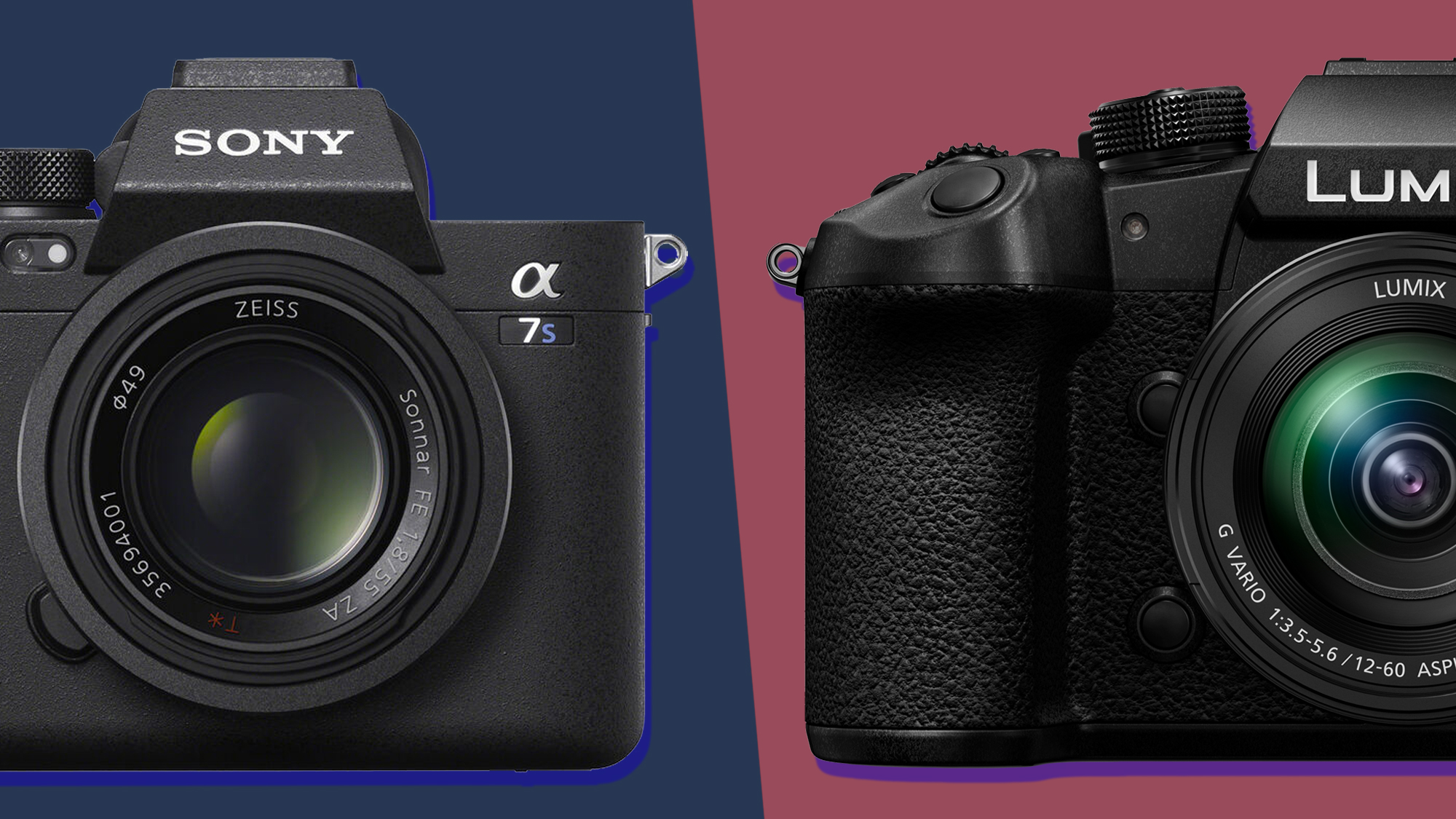
There’s no shortage of impressive mirrorless cameras that can shoot video, but two of the best 4K cameras around are the Sony A7S III and Panasonic Lumix GH6.
In our experience, these compact system cameras offer a superb balance between portability, flexibility and performance, with both models equipped to handle everything from vlogging to serious filmmaking, while being small and lightweight enough to carry around all day.
But which is the best for you? The full-frame Sony A7S III, with its focus on speed and low-light capabilities, or the Micro Four Thirds Panasonic GH6, with its dizzying array of video options and DSLR-style handling? We’ve put the pair side by side to see where they differ and where they align; by the end of this article you'll have a much better understanding of which camera most closely suits your needs.
Sony A7S III vs Panasonic Lumix GH6: price and release date
- A7S III almost twice the price of GH6
- GH6’s MFT lenses markedly cheaper
- GH6 available in two zoom lens kits
There’s real daylight between these two cameras when it comes to price. The 2020-released Sony A7S III is an unashamedly premium $3,498 / £3,800 / AU$5,999 body-only, while the 2022-released Panasonic GH6 (also a premium model for Panasonic, in fact its flagship MFT camera) is nigh-on half the price at $2,199/ £1,999 / AU$3,699 body-only. In the UK in particular, this makes for a massive leap from the GH6 to the A7S III.
There’s real daylight between these two cameras when it comes to price. The 2020-released Sony A7S III is an unashamedly premium $3,498 / £3,800 / AU$5,999 body-only, while the 2022-released Panasonic GH6 (also a premium model for Panasonic, in fact its flagship MFT camera) is nigh-on half the price at $2,199/ £1,999 / AU$3,699 body-only. In the UK in particular, this makes for a massive leap from the GH6 to the A7S III.
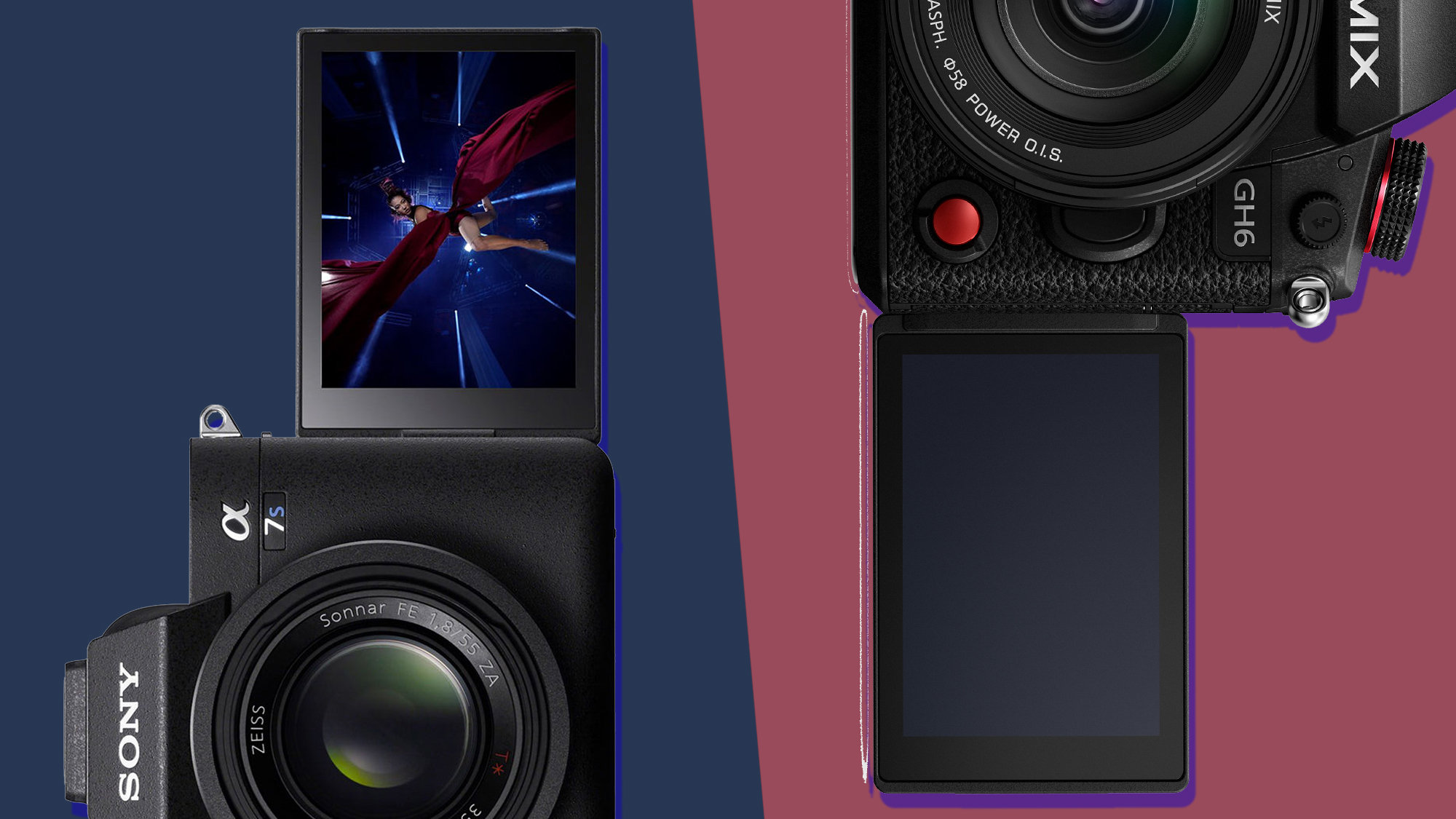
In general, lenses for the Panasonic GH6’s MFT mount are lighter, smaller and cheaper than lenses for the Sony A7S III’s E-mount, due to the respective size of the cameras’ sensors.
For instance, Panasonic’s Leica-branded 12-60mm f/2.8-4 premium standard zoom costs £800 in the UK while Sony’s closest equivalent, the FE 24-105mm f/4 G, costs £1,100. This means you’ll be paying a little extra for the Sony full-frame lenses across the board – something to note if you’re planning on buying a wide range of additional lenses.
While the Sony A7S III isn’t available in an official kit (a box that includes both the camera body and one or more lenses), the Panasonic GH6 is – another chance to save a bit of money on the initial purchase price. The GH6 can be bought in a single package with either the 12-60mm Leica DG lens mentioned above or a cheaper, more basic 12-60mm f/3.5-5.6 zoom.
Sony A7S III vs Panasonic Lumix GH6: design and build quality
- Both cameras are sealed against moisture and dust
- Panasonic GH6 includes fan-based cooling system
- Sony A7S III body is slightly lighter in weight
Both cameras feature a DSLR-inspired design with a protruding hand grip and a central ‘bulge’ accommodating the viewfinder and hot shoe. Both also feature fully-articulated touchscreens that can be tilted, rotated and flipped 180-degrees to face forwards – a boon for vloggers who want to film themselves while checking they’re still within the frame and in focus.
These two are also built to very high standards, with magnesium alloy frames and seals to prevent water, dust and sand from damaging internal components.
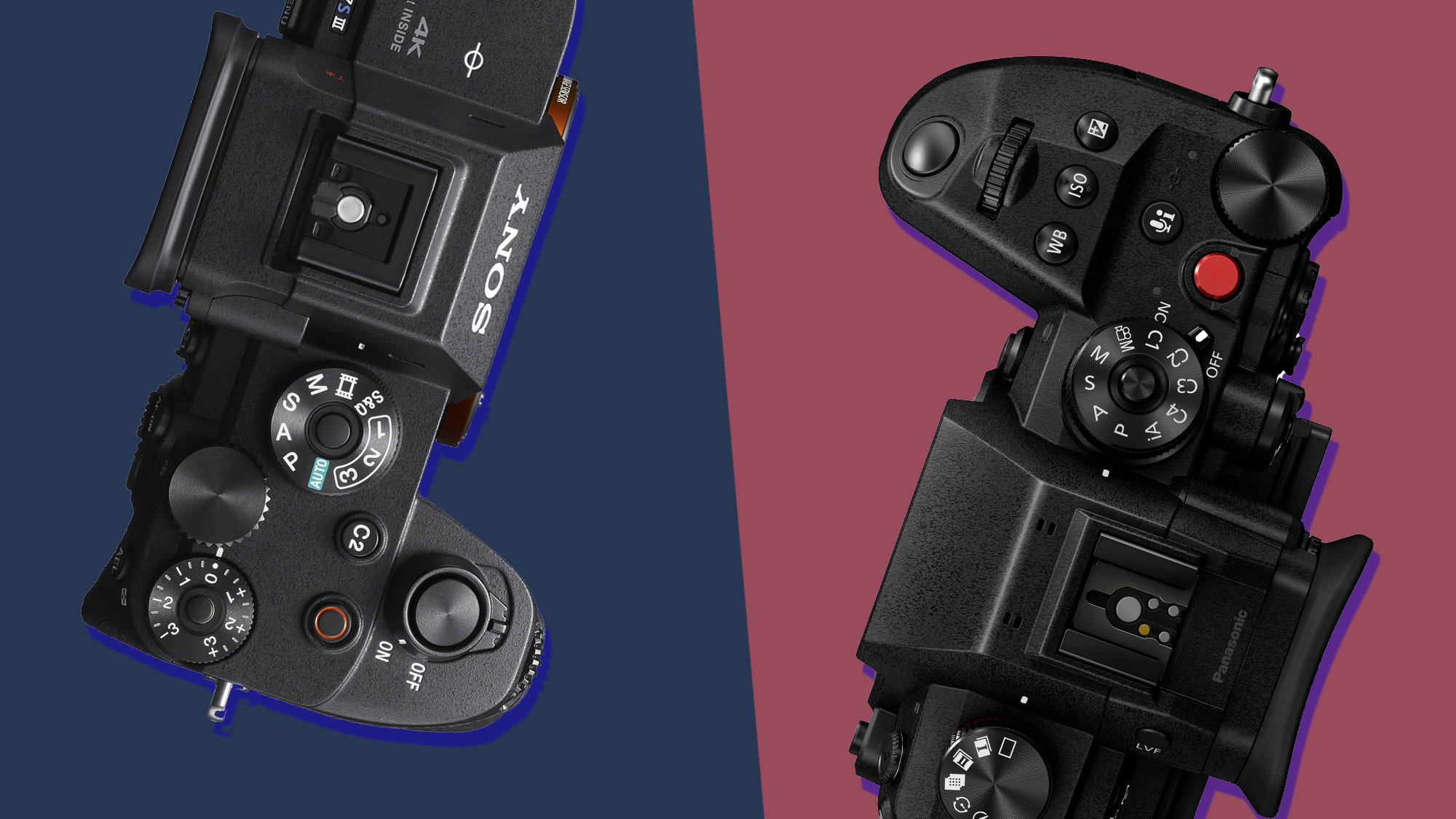
The Panasonic GH6 measures up at 138.4 x 100.3 x 99.6mm and weighs 823g without a lens (but including an SD card and battery), while the Sony A7S III is 128.9 x 96.9 x 69.7mm and 699g.
As we mentioned in the section above, though, full-frame E-mount lenses are much heavier and larger than the equivalent MFT lenses – so once you add some glass, the weight disparity is likely to change and perhaps even flip to Panasonic’s favor.
The difference in body weight and size may be a little surprising given the A7S III’s much larger full-frame sensor, but it’s largely due to the GH6 having a fan-based on-board cooling system. This adds extra bulk to the body but ensures you can record long video clips without the camera overheating and shutting itself down for several minutes to cool off.
The A7S III isn’t known for having major overheating issues, though, and during our tests long 4K clips were always curtailed by the battery running out rather than by heat. If you’re recording long, high-bitrate 4K clips outside on a scorching hot day, we suspect the GH6 will outlast the A7S III, but for general day-to-day use the issue is unlikely to arise.
Sony A7S III vs Panasonic Lumix GH6: battery, connectivity and storage
- Both cameras offer good battery life
- Both support full-size HDMI output
- Both support CFexpress and SD cards
The Sony A7S III uses a 2,280mAh NP-FZ100 battery, which provides plenty of power: enough for well over an hour of 4K video recording or over 500 photos. The Panasonic GH6’s 2,200mAh battery isn’t as capacious but lasts for a similar amount of time for video, or for around 350 photos in normal mode.
Both cameras can also be powered (and recharged) via their USB-C ports too, which is brilliant for streaming and longer non-stop recording sessions such as interviews. The USB-C ports can also be used for data transfer, and when connected to a PC running the correct software can transform both cameras into webcams.
The Panasonic GH6’s USB data speed is 10Gbps, twice as fast as the Sony A7S III’s 5Gbps maximum, although the Sony’s USB-C port can be used as a wired LAN if necessary (with a USB-Ethernet adapter). Both models support Bluetooth 5.0 and Wi-Fi (at both 2.4GHz and 5GHz) wireless connectivity.
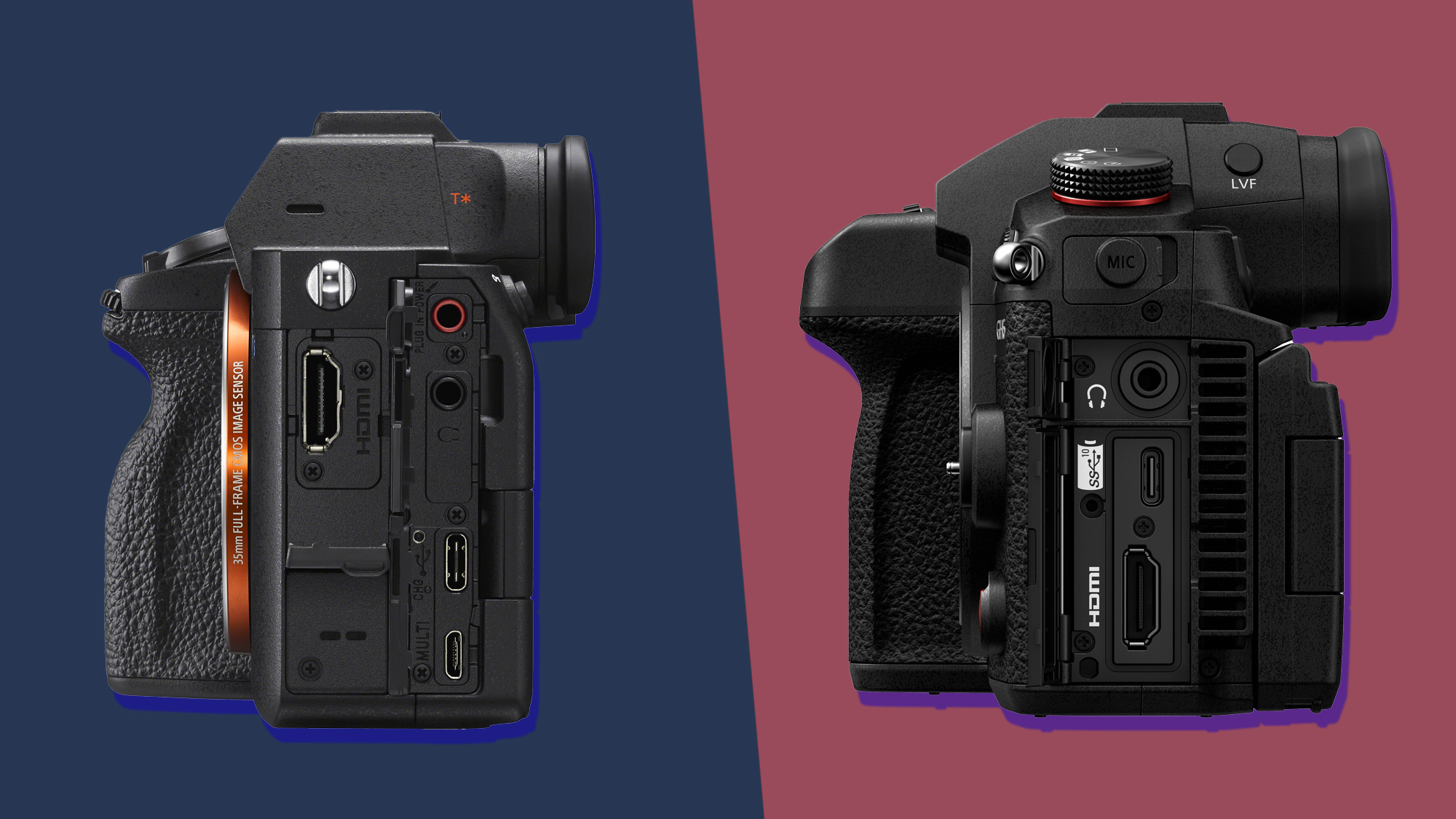
The GH6 also features a full-size HDMI output, 3.5mm mic and headphone ports, a 2.5mm remote control input and (with the optional DMW-XLR1 accessory) the ability to connect a high-quality XLR or 4-channel mic.
The A7S III comes with a full-size HDMI port too, as well as micro USB (yes, in addition to USB-C), headphone and mic ports. The camera’s ‘multi interface shoe’ hot shoe supports digital accessories, including an XLR-K3M add-on that allows for two XLR mics and a further 3.5mm mic to be attached.
Each of the cameras carries two card slots, although they implement them quite differently. The Panasonic GH6 offers one SD slot and one CFexpress slot, while each of the Sony A7S III’s two slots can support either SD or CFexpress. That makes the Sony slightly more flexible.
Sony A7S III vs Panasonic Lumix GH6: handling, screen and viewfinder
- Both models feature DSLR-style handling
- Panasonic GH6 has front and rear tally lamps
- Both models have 3-inch touchscreens
Handling is superb on both cameras thanks to their low weight and chunky, easy to grip bodies, but we think the GH6 just edges the A7S III for video thanks to its excellent control layout, which puts everything important within easy reach and includes stop/start recording buttons on both the front and back.
It also features front and rear tally lamps that glow red while recording is in progress, which is genuinely handy for quickly checking that the camera is actually on – nobody wants to recite a long piece to camera only to discover that nothing has been recorded.
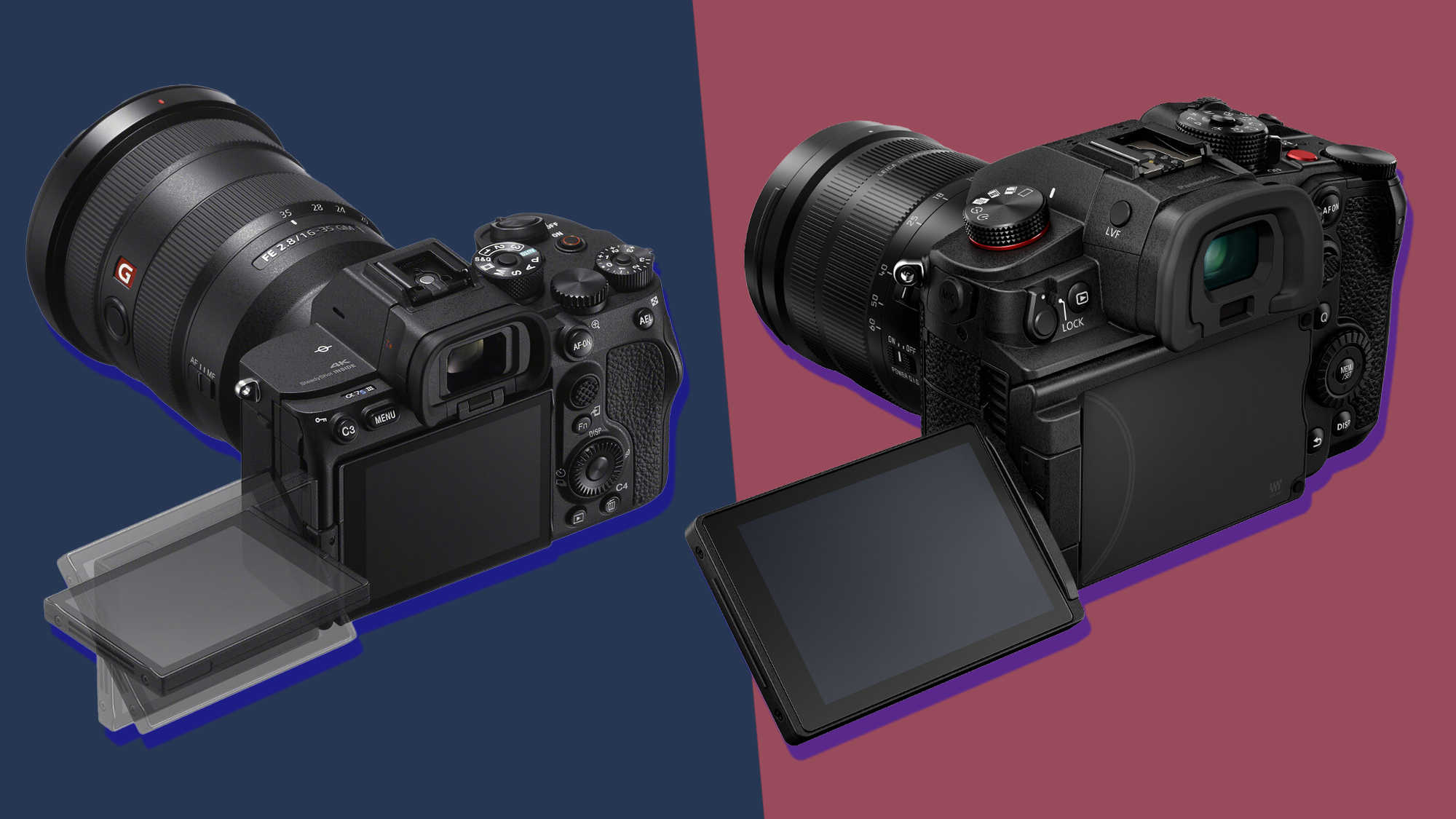
Both cameras have OLED electronic viewfinders, the Sony’s being significantly sharper: 9.44m-dots to the Panasonic’s 3.68m-dots. Both have 3-inch touchscreens too, with the Panasonic having an ever-so-slight edge on detail with 1.84m dots to the Sony’s 1.44m.
Both cameras also have a fairly impressive touch UI too, but not one that you feel forced into using to get the most out of them.
Sony A7S III vs Panasonic Lumix GH6: features and autofocus
- Hybrid vs contrast-only autofocus
- Both cameras offer IBIS
- Panasonic GH6 burst speed of up to 75fps
Each of these cameras is a premium product with some of the best performance-related features its manufacturers offer, including in-body image stabilization (IBIS) and real-time tracking autofocus.
Perhaps due to the much smaller size of its MFT sensor, the Panasonic GH6’s IBIS setup is extremely efficient and effective at countering camera shake, offering up to 7.5-stops of correction. The Sony A7S III has to shift around a large full-frame sensor, and offers a slightly less impressive 5.5 stops of correction.
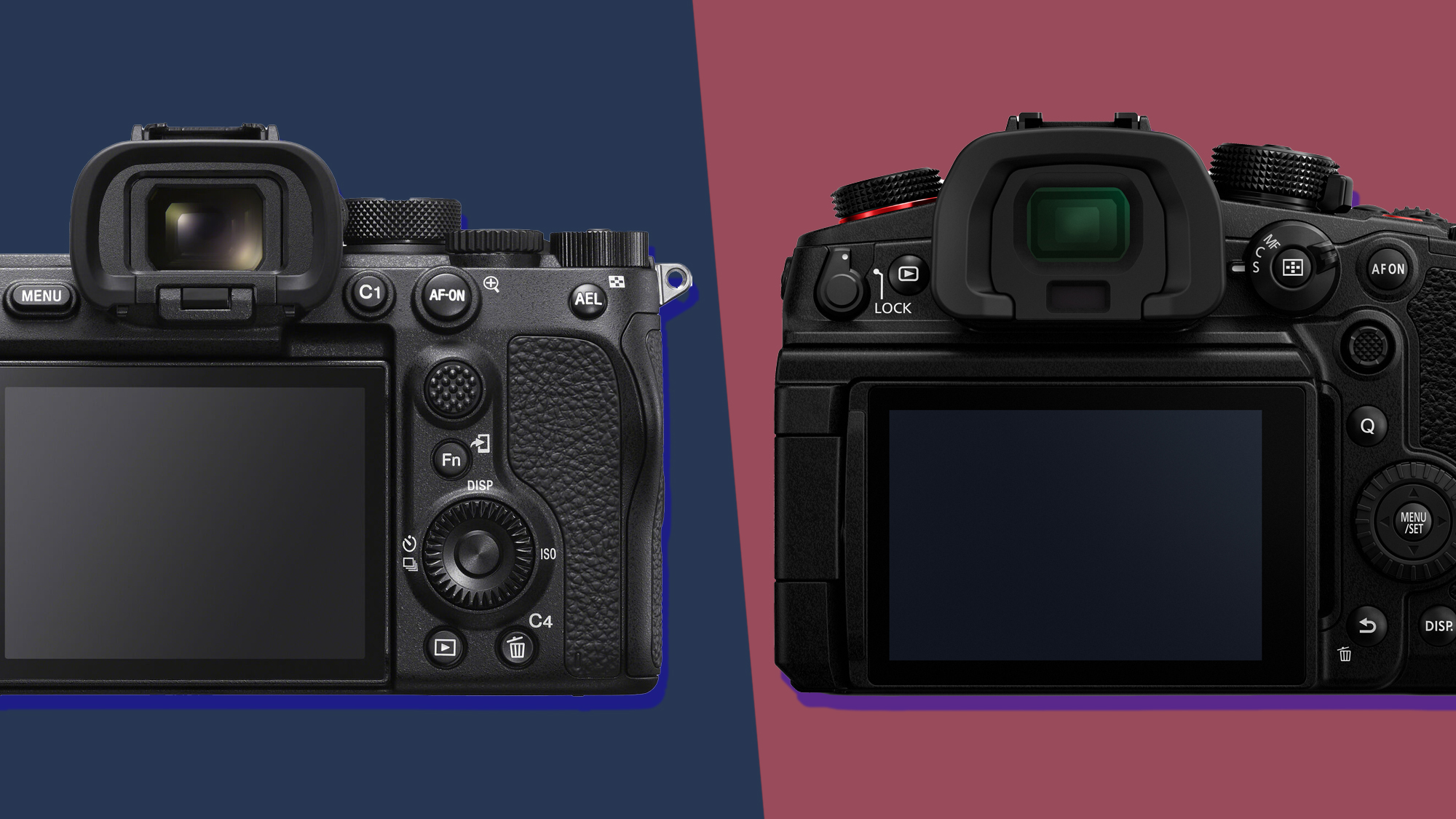
The Sony A7S III uses a hybrid autofocus system combining phase and contrast detection, while the Panasonic GH6’s system is contrast only. Both models can track faces and eyes in real-time, but in our experience the Sony does so more quickly and more accurate, maintaining a more solid lock on moving objects.
The A7S III can shoot stills continuously at a respectable 10fps, but the GH6 goes above and beyond. Using its mechanical shutter it can shoot 14fps, but with electronic shutter it goes all the way up to a frankly astounding 75fps.
Sony A7S III vs Panasonic Lumix GH6: image quality
- Sony A7S III is geared for low-light shooting
- Panasonic GH6 offers Apple ProRes codec
- Both cameras capture 4K video at up to 120fps
There’s a marked difference in the approach to image capture here, illustrated by the size and resolution of the two cameras’ sensors. The Sony A7S III sports a huge full-frame sensor with a relatively small 12.1MP resolution, while the Panasonic GH6 uses a small Micro Four Thirds sensor with a larger 25.2MP resolution.
This makes the A7S III, with its huge pixels, a fantastic performer for detail and color in low-light situations, but a bit less capable of delivering and resolving detail than the GH6 when lighting is strong. The GH6, on the other hand, doesn’t function well in dimly-lit conditions, often relying on bumping up its ISO to cope – which results in grainy, noisy images.
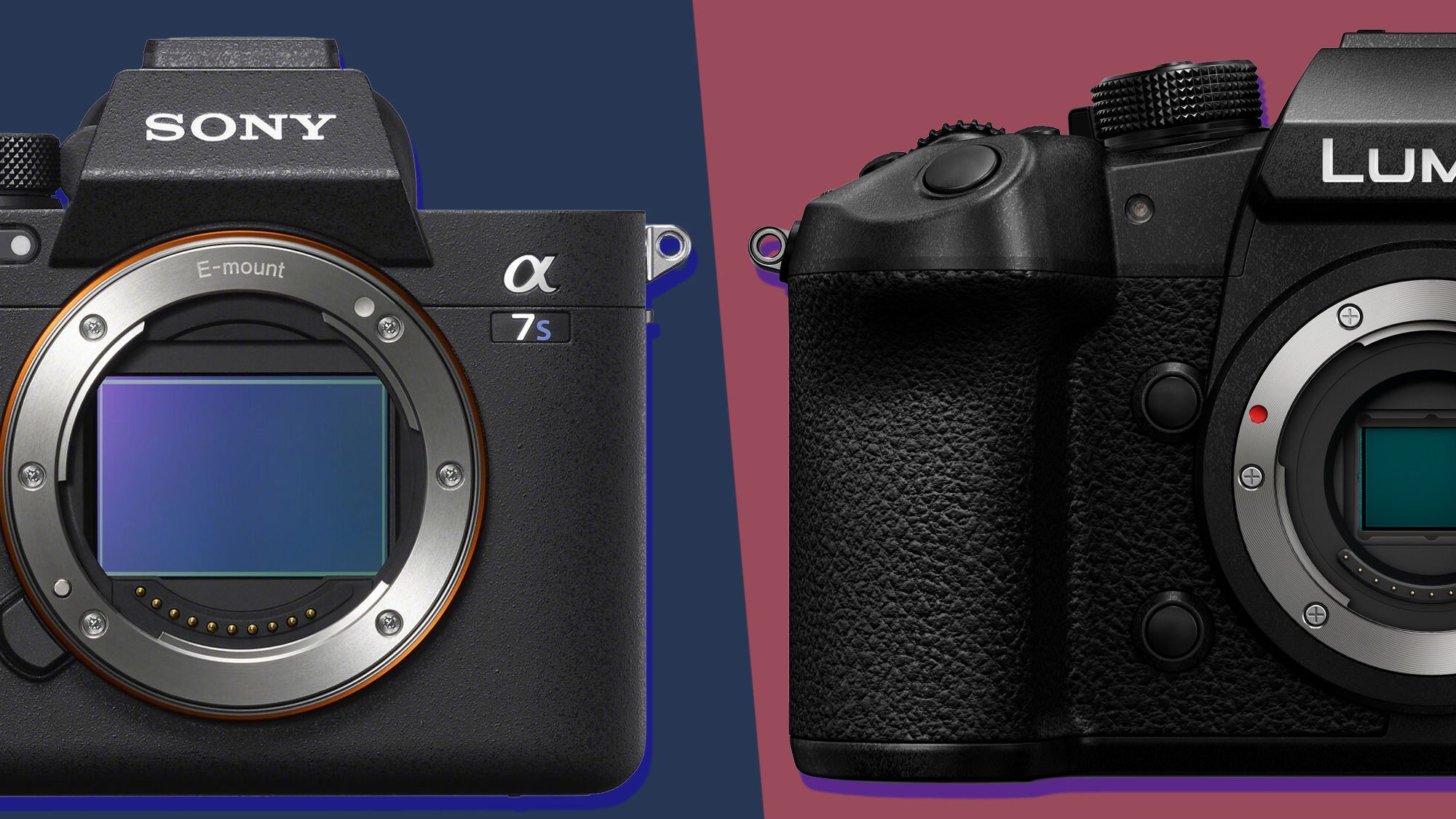
Both cameras have a huge range of video recording modes, formats, bit-rates and frame-rates, and we simply don’t have the space to mention them all here. The GH6 certainly has the larger selection though, and can even output 12-bit video data and 5.7K video to an external recorder. Both cameras offer 120fps 4K capture.
Sony A7S III vs Panasonic Lumix GH6: verdict
Despite both of these cameras being focussed on pro-level video, there are plenty of areas where they differ. The Sony A7S III is more expensive and excels at capturing clear, dynamic video in any lighting situation, backed up with perhaps the best autofocus setup for video around.

The Panasonic GH6, meanwhile, is packed with video options, some of them more advanced than the Sony’s, and its handling, controls and IBIS is slightly better too – all in a much more affordable package.
If you’re not invested in either system and are thinking about an affordable entry-point to high-quality, pro-level video recording, the Panasonic GH6 is your best bet. But the truth is that these are both exceptional compact system cameras with bags of creative potential.
Get daily insight, inspiration and deals in your inbox
Sign up for breaking news, reviews, opinion, top tech deals, and more.
Sam has been writing about tech and digital culture for over 20 years, starting off in video games journalism before branching out into the wonderful worlds of consumer electronics, streaming entertainment and photography. Over the years he has written for Wired, Stuff, GQ, T3, Trusted Reviews and PC Zone, and now lives on the Kent coast in the UK – the ideal place for a camera reviewer to ply their trade.
